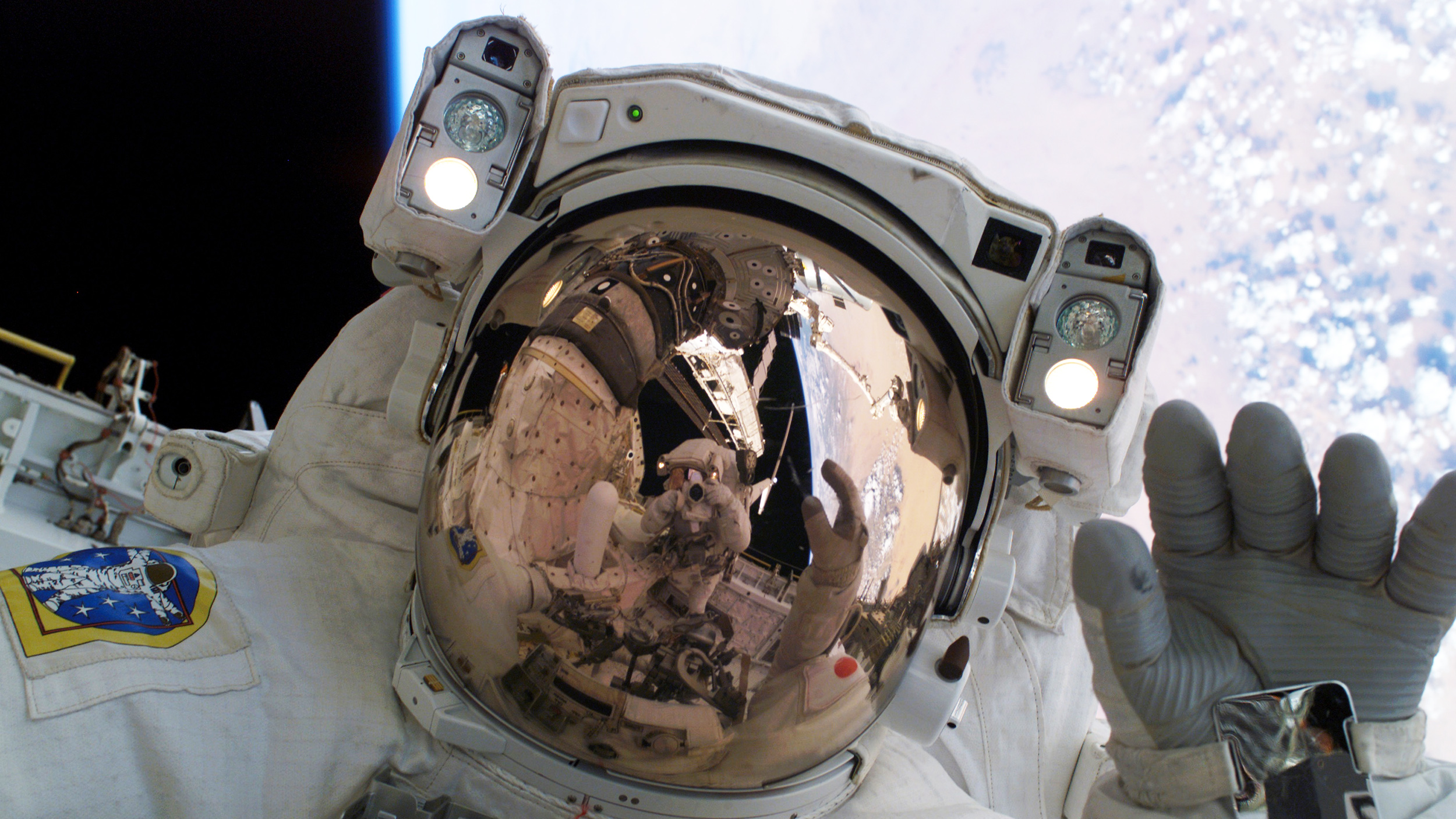Hyperakt: Meaningful Design for the Common Good

Brooklyn-based design studio Hyperakt operates under the admirable slogan of “Meaningful Design for the Common Good” – a commitment to only work with companies whose products and services create positive change in the world. Having worked with clients as diverse yet uniformly pro-social as the United Nations, Brooklyn Arts Council, The White House Project, and World Music Institute, Hyperakt offers a rare case study in balancing idealism with pragmatism. Today, we sit down with founders Deroy Peraza and Julia Vakser to talk about the notion of the “triple bottom line,” the role of designers in shaping social identity, and the challenges and tradeoffs of reconciling ideological aspiration with the business reality of running a design firm for social change.


Working only with clients who move the world forward is an admirable mission, but how do you manage to reconcile a pro-social philosophy and a viable business strategy?
Hyperakt: Although the balance is a challenge, maintaining a pro-social philosophy and a viable business strategy don’t have to be mutually exclusive. Whether a client is non-profit or for profit doesn’t dictate its potential to make significant contributions that are beneficial to society. While non-profit organizations are extremely careful with their budgets, those with successful communication strategies understand that they need to invest in well executed branding, design, and technology. Thanks to the social nature of the web, organizations of all kinds are quickly realizing that not investing in these areas threatens their relevance.

The “triple bottom line” has been one of the big business buzzwords of late. What’s your take on it?
Hyperakt: For many of our clients, the social and economic factors have been hard-baked into their missions all along. Environmental responsibility has become more popular over the last few years as the green movement has crossed over into the mainstream. The ideal of the triple bottom line is here to stay for social cause organizations. Large corporations understand it adds value and respect to their brands. One could argue that it is more difficult for small businesses to embrace the triple bottom line because we have to focus on economic sustainability. Our mission is to do good, and we believe that doing good is good for business.

How do you envision designers’ responsibility in crafting the user experience and connecting social-good products and services with those who need and use them?
Hyperakt: Websites should be friendly and fun to use, or visitors will go elsewhere. Our job is to create effortless, meaningful experiences that support our clients’ messaging and capture the hearts and minds of users.

For cause-related sites, it is crucial that visitors perceive the ethos and mission of the organization immediately in order to create emotional connections.”
We believe that, as designers, it is our responsibility to inform and inspire people. That’s important to us.

Can social identity exist without visual identity? Where does design fit in the way people connect with the causes and ideas bettering their community and society at large?
Hyperakt: Not really. Everything has a visual identity of one sort or another. The question is how effective and well crafted it is, if it is crafted at all.
Through design, we help people fall in love with brands that make the world a better place. Great design can determine whether someone is excited or not about belonging to a cause, believing in a brand or buying a product. It is a gut reaction, followed by the assumption that if a brand is together enough to present its core ideas elegantly, it is a trustworthy, high quality brand that is likely to succeed. These are the kinds of brands people are excited to connect with and tell a friends about. Apple and Nike have known this for years. The Obama campaign understood this and many grassroots organizations learned that inspiring writing and great design can be catalysts for action.

Your favorite design-for-social-good product, service or project of the past decade?
Hyperakt: It’s hard to pick one. There has been so much socially conscious design in this decade. Here is what comes to mind: The campaign to build the High-Line in Manhattan. The Obama campaign that inspired the Pepsi Refresh project. The 2012 NYC Olympic Bid. Al Gore’s An Inconvenient Truth documentary and the subsequent Repower America campaign. Bono’s ONE and (RED) campaigns to fight extreme poverty and the AIDS epidemic in Africa. Charity:Water, a nonprofit that helps bring clean, safe drinking water to developing nations. The upcoming film about the state of education, Waiting for “Superman” has a beautiful promo video. Kickstarter is an awesome crowdfunding site we are using to raise funds to print our World Cup poster.
Maria Popova is the editor of Brain Pickings, a curated inventory of miscellaneous interestingness. She writes for Wired UK, GOOD Magazine and Huffington Post, and spends a shameful amount of time on Twitter.







